Shigeo Sawada (1890-1940), trading company executive, came to Sydney in 1915 on behalf of Okura and Co Trading Ltd, the first independent Japanese company to establish a branch abroad. At that time, there was widespread suspicion that German firms were buying wool under cover of Japanese trading names, and one of Sawada’s early responsibilities was to reassure wool brokers that the Japanese market was above-board. Okura and Co built up extensive interests in Australian wool, barley, wheat, flour, hides and pelts in the interwar years, when Japan was one of Australia’s key trade partners; there were sixty or more trading companies in Sydney before World War II, with Japan, China and India purchasing 21% of Australia and New Zealand’s clip in 1934-1935. Having settled in Mosman soon after his arrival, in 1920 Sawada moved into a guest house owned by the family of Nelson Illingworth, a prominent Sydney sculptor, who made the statuette of Henry Parkes in the collection of the National Portrait Gallery. In 1924 he married Illingworth’s daughter, Thelma; the couple adopted a local urchin, Ron Wylie, in the 1930s. Conspicuous on the Sydney social circuit, Shigeo and Thelma Sawada lived in a house called Hakone in Mosman until Shigeo’s death in 1940, by which time he had been Managing Director of Okura Co for three years. Shigeo’s brother, Renzo Sawada, was Japanese ambassador to France, and later Ambassador Extraordinary and Plenipotentiary, Permanent Observer of Japan to the UN; Renzo presented the Peace Bell that stands at UN headquarters in New York. Shigeo Sawada’s ashes are divided between Japan and Mosman.
Gift of Ron Wylie 2007
Ron Wylie (1 portrait)



On one level The Companion talks about the most famous and frontline Australians, but on another it tells us about ourselves.
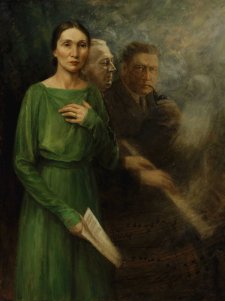
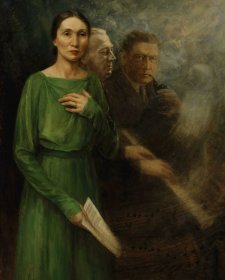
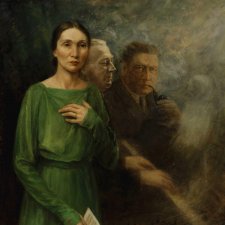
The portrait of Janet and Horace Keats with the spirit of the poet Christopher Brennan is brought to life by artist Dora Toovey.
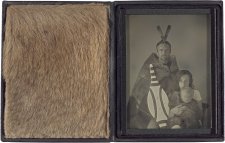
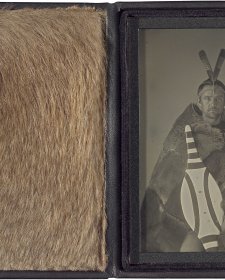
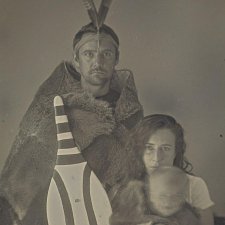
This sample of 56 photographs takes in some of the smallest photographs we own and some of the largest, some of the earliest and some of the most recent, as well as multiple photographic processes from daguerreotypes to digital media.